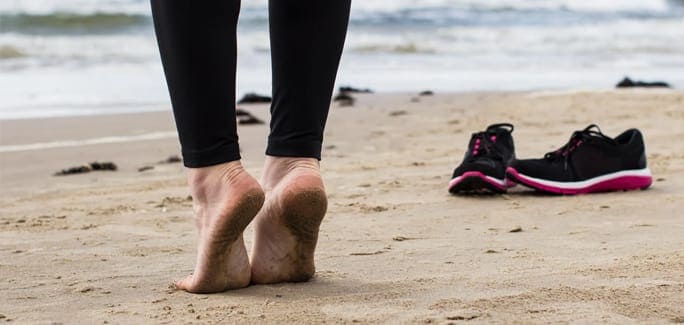June 26, 2024

When you sto withstand high force loads and produce its own forces.
With so much knowledge of human anatood structures in the human body, and feet are only recently getting the attention they deserve from the human movement scientific community.
The foot is a complex structure whose functions are governed by numerous muscles, ligaments, tendons, nerves and joints that work to become weaker or stronger, and sustain and recover from chronic and acute injuries, depending on how it is used.
With that understanding in mind, you might think that rehabilitation of the foot would be approached in the same manner as any other area of the body, using therapeutic exercises, stretches and other treatment measures aimed at resto function with maximum efficiency.
Central to walk, run, jump and maintain balance through the recruitment of local stabilizer muscles and global movement muscles. In essence, the arch can be regarded as the “core” of the foot, just as the lumbropelvic region forms the core of the trunk.
Until recently, it was thought that the arch was held in place by passive structures such as bones, joints and ligaments. However, a growing body of research has brought to light the important role played by the intrinsic foot muscles that govern arch function.
The foot’s local stabilizers are the plantar intrinsic muscles that originate and insert on the foot, and the global movers are muscles that originate extrinsically in the lower leg, crossing the ankle joint and inserting on the foot. Both play a role in the foot’s ability to function as designed.
As we begin tocol.
Functional qualities of the intrinsic foot muscles include:
When you consider the important roles played by the intrinsic foot muscles, it seems incomprehensible that they should be ignored during treatment for foot-related problems.
A progression of short foot exercises that emphasize strengthening of the foot arch have been proven effective for realizing important improvements in foot function.
Your feet are designed toring optimal foot function.
The foot and ankle specialists at NYDNRehab are dedicated tore your foot function so you can enjoy your busy active life.
Motion capture video
Computerized pressure analysis
Computerized gait analysis
Dr. Lev Kalika is a world-recognized expert in musculoskeletal medicine. with 20+ years of clinical experience in diagnostic musculoskeletal ultrasonography, rehabilitative sports medicine and conservative orthopedics. In addition to operating his clinical practice in Manhattan, he regularly publishes peer-reviewed research on ultrasound-guided therapies and procedures. He serves as a peer reviewer for Springer Nature.
Dr. Kalika is an esteemed member of multiple professional organizations, including: